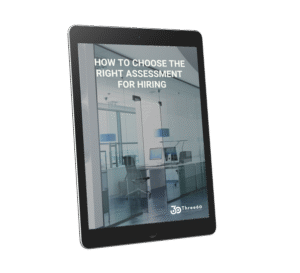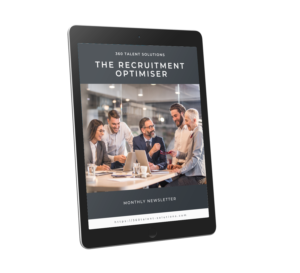You can train skills. You can teach systems. But you can’t train someone to love a job that goes against how they naturally work.
That’s the gap behavioural data fills. It helps you:
- Understand how someone is likely to behave in a role
- Anticipate how they’ll show up in different situations
- Align roles and environments with what people actually need to thrive
For leaders, this creates an advantage. You can build teams with complementary behaviours. You can design onboarding that supports people from day one. And you can support managers with data they can use to lead more effectively.
For hiring, it means fewer mis-hires, faster ramp-up, and better retention. It also helps protect candidates from being placed into roles that aren’t a fit for them.












